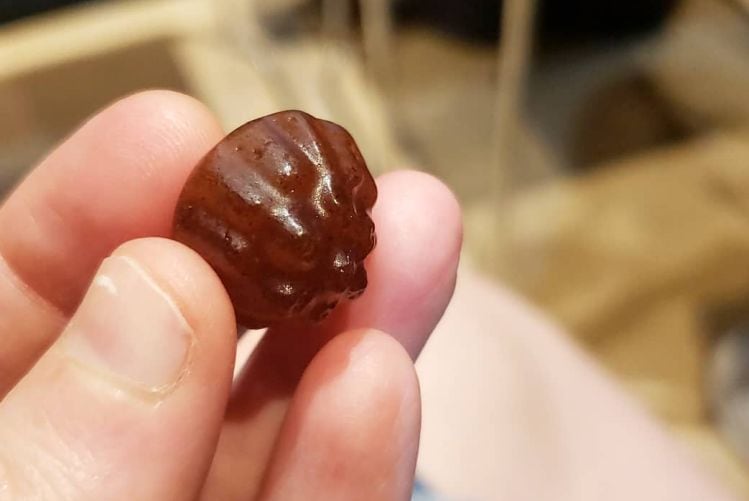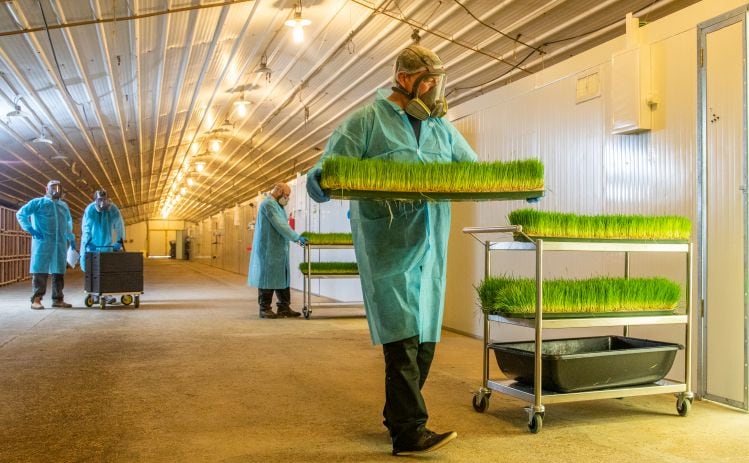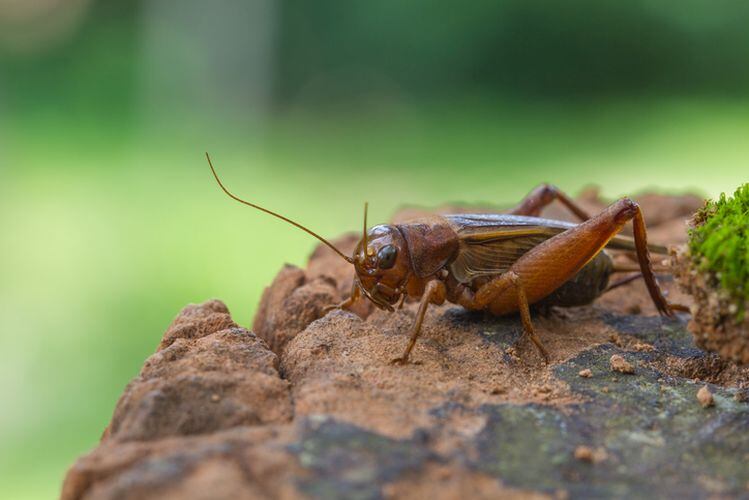“Five years ago we saw a surge of companies reaching the market at a time when the production technology, marketing, and branding of finished products were not mature enough,” Hargol FoodTech founder and CEO Dror Tamir told FoodNavigator-USA.
“As a result, we saw many products focusing on insects as a gimmick rather than their real benefits.
“Now that the production technology has matured and can offer more consistent high-quality ingredients, and research shows the health and environmental benefits, it is the perfect time to focus the marketing strategy of the players and generate real traction in the market. This will attract the interest of food producers and develop the appetite among investors.”
Feeding breakthrough with grasshoppers
Hargol FoodTech – which is carving a distinct niche in the edible insect sector by focusing on grasshoppers, rather than crickets, as ingredients to the food, beverage and supplement industries – started producing from a new 13,000-sq-ft facility in northern Israel in 2020.
“Today, the main feed source for our grasshoppers is fresh wheatgrass, an excellent source of nutrients and water but rather costly and labor intensive,” said Tamir.
“However, we recently achieved a breakthrough with a proof of concept to feed grasshoppers with dry feed. We’ve also developed a new genetic line of grasshoppers (non-GMO) that can be fed with dry feed and drink water from an outer source and the impact on production cost is incredible: 97% reduction in feed cost and over 50% reduction in labor costs.
He added: “This is also a crucial step towards fully automated production, and it will make grasshopper protein the most efficient animal-based protein - and also more efficient than most plant based proteins - with a better product that’s richer in nutrients, healthier for humans and more sustainable.”

Hybrid plant based/grasshopper burgers and sausages, pasta, falafel…
So where is the demand coming from today?

According to Tamir: “We’re partnering with producers across America, Europe and Asia in the form of distribution agreements and mutual development of novel applications and pilots.
“We also have demand for whole grasshoppers from restaurants, although we focus our marketing efforts on the powder as an ingredient and work with producers to offer shake mixes, gummies as supplements, and crude powder to be blended into a variety of recipes, protein bars and more.”
In general, he said, Hargol is “focusing its marketing on performance nutrition and millennials that seek wellness/wellbeing products, but we are also experimenting with hybrid plant based/grasshoppers burgers and sausages, hybrid meat and grasshoppers products, bakery, pasta, yogurts and falafel.
“In those categories we have pilots with leading global food producers, and we expect those products to reach the markets in the coming years.”

‘Gummies are a great way to be introduced to insects’
Right now, however, gummies are a “great way to be introduced to insects,” added Tamir. “They are fun, tasty and enjoyable, and from the moment you take the first bite you forget about the novel ingredient and instead the orange/strawberry flavors.
“Hargol has developed partnerships with five producers that will have dual branding combining the producer's and Hargol’s brand.”
Why grasshoppers?
From a flavor perspective, grasshoppers have a blander and less distinctive taste than crickets, claimed Tamir: “Grasshoppers are almost neutral in taste and flavor.”
Grasshoppers are also “the most widely eaten insect in the world, consumed by 2.5bn people across Asia, Africa, and Central America, and they are both kosher and halal,” he added.
What’s most exciting about grasshoppers, however, is their nutritional profile, said Tamir, who is raising grasshoppers with 72% complete protein by dry weight (PDCAAS ~1) and all the essential amino acids, plus omega-3, omega-6, vitamin B3 and B12, potassium, magnesium, vitamin E, iron, and zinc.
Further reading:
- Edible insects in focus, part I: CPG 2nd wave focuses on benefits, not bugs... 'It’s like taking Jell-O and saying, ‘Hey! we've got a bunch of ground up cow bones and sugar. You want some?'
- Edible insects in focus part II: Scale and automation… Aspire Food Group gears up to open world’s largest edible cricket processing facility
- Edible insects in focus part III: Farming, from Mexico to Ontario to Israel… ‘At this point, if you're still in business, you definitely know what you're doing’
- Edible insects in focus part V. Gym-N-Eat Crickets: ‘My ideal customer is a woman with kids under 10’




